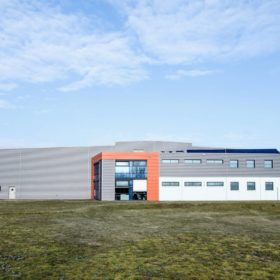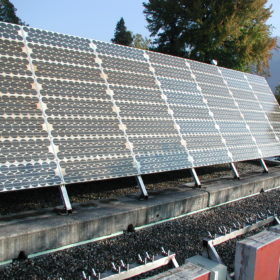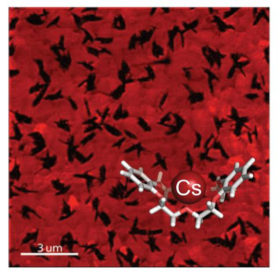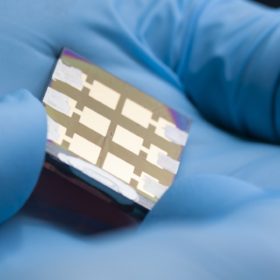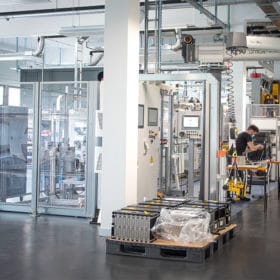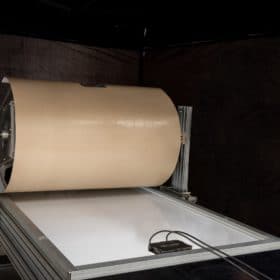Meyer Burger considers legal action as Oxford PV unilaterally terminates exclusive cooperation
Meyer Burger claims machines to produce perovskite tandem solar cells are still missing at Oxford PV’s manufacturing plant in Germany’s Brandenburg an der Havel. Despite this, Oxford PV terminated the cooperation with the turnkey machine supplier in a surprise move last week. The Swiss technology group, which now produces its own heterojunction solar cells and modules in Germany, is now considering legal action.
‘Polysilicon shortage will continue through 2021’
The latest global PV industry outlook published by trade group SolarPower Europe, has indicated tight supply of the solar panel raw material is expected to persist this year but the trade body said it would be unlikely to drive further price rises.
An environmental failsafe for lead-based perovskites
Scientists in Switzerland discovered that certain types of phosphate salt react with lead only in the presence of moisture, to form non-water-soluble phosphates. Incorporating these salts into the architecture of a lead-based perovskite solar cell could greatly reduce the risk of lead seeping into the environment should the cells be damaged, without incurring significant costs or negatively affecting the cell’s performance.
Switzerland added half a gigawatt of PV in 2020
All segments grew strongly and, overall, the newly installed capacity increased by almost 50% compared to 2019. Photovoltaics was able to cover 4.7% of Switzerland’s electricity needs last year.
Exploring the depths of Europe’s oldest grid-connected PV system
A 10 kW PV system has been feeding electricity into the Swiss power network since 1982. A research team has investigated the performance of the array’s first 35 years of life and has found that solar modules can target – at least in temperate climates – service lifetimes of 35 years, and that the bill of materials matters, a lot!
A crowning achievement for perovskite stability
Scientists in Switzerland demonstrated a new type of nanoscale doping for perovskite solar cells. By both improving stability and reducing the chance of the cells leaking any toxic lead into the environment, the discovery addresses two of the largest remaining challenges to the development of the promising class of cell materials.
Lead halide perovskite cell based on benzodithiophene cation achieves 14.7% efficiency
Swiss researchers sought for the first time to replace phenylethylammonium (PEA) with benzodithiophene (BDT) in cations for perovskite cells. The latter showed improved stability and ensured a power conversion efficiency that was 1% higher than that of its counterpart.
Lithium-ion battery modules for energy intensive e-transport applications
Swiss manufacturer Leclanché will build the new battery modules at its manufacturing facility in Yverdon-Les-Bains. These products can be used for transport applications such as marine, commercial vehicle, and railway.
Demand, policies, investment key to green hydrogen development
Ruchi Gupta is a research fellow at the University of Geneva’s Institute for Environmental Sciences. She focuses on how flexibility options, such as sector coupling with hydrogen production, can support renewable energy integration and decarbonize a wide range of sectors.
A repair tape for cracked backsheets
Backsheet failures have plagued the industry, causing hefty financial burdens to many asset owners. DuPont has launched a product it says allows for easy repair of modules.
